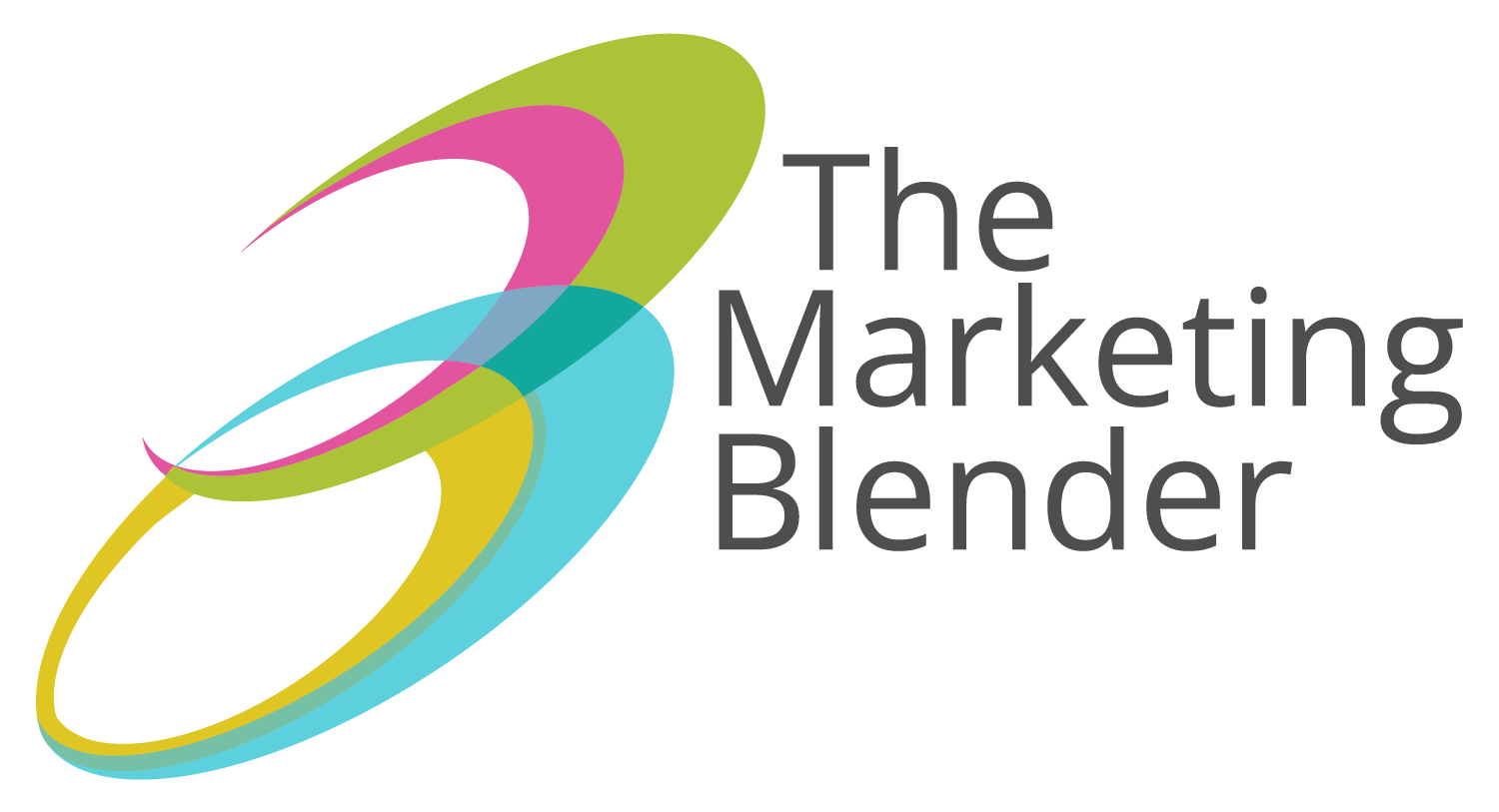Buyers today are incredibly busy and have a wealth of information at their fingertips. If marketing is not actively engaging in the sales cycle to help drive relationships online, the job of B2B sales teams get even harder. Take a look at these B2B statistics and decide for yourself if you have the right marketing plan in place to maximize your sales team’s efforts.
Statistics Every B2B Company Should Know in 2023. – 2024 to Boost Sales and Get More Customers
Last published in 2020.
GROWTH IN MARKETING BUDGET STATISTICS
THE GROWING INFLUENCE OF MILLENNIALS IN B2B BUYING DECISIONS
Updated Information for 2023 and 2024, Including Gen Z
Millennial and Gen Z B2B Buyer Influence:
- Combined, Millennials and Gen Z will represent over 65% of B2B buyers in 2023. This percentage is expected to exceed 70% by 2024, solidifying their dominance in the B2B landscape. (Source: Forrester Research, 2023)
- Millennials remain the most influential group, with around 55-60% of B2B buyers falling within this age range. (Source: Merit, 2023)
- Gen Z’s influence is steadily increasing, reaching 10-15% of B2B buyers in 2023 and potentially reaching 15-20% in 2024. (Source: Engineering.com, 2023)
Millennial and Gen Z B2B Buyer Research Preferences:
- Both generations heavily rely on online research, with internet search, vendor websites, and social media platforms being the primary sources. (Source: Digital Commerce 360, 2023)
- Gen Z places a higher emphasis on user-generated content, online reviews, and influencer recommendations compared to Millennials. (Source: Content Marketing Institute, 2023)
- Both generations are more likely to trust peers and experts in their network than traditional marketing messages. (Source: Spiceworks, 2023)
- Interactive content formats like videos, infographics, and live streams are increasingly preferred by both generations. (Source: Qnary, 2023)
B2B Technology Buyer Demographics:
- The 25-34 age group remains the largest demographic, representing over 50% of B2B technology buyers in 2023.
- The 35-44 age group is expected to remain stable at around 30-32%.
- The 18-24 age group (Gen Z) will see a significant increase, potentially reaching 7-10% of B2B technology buyers by 2024. (Source: TrustRadius, 2023)
Influence of Personal Technology Choices on B2B Purchases:
- Both Millennials and Gen Z are highly influenced by their personal technology choices when making B2B purchasing decisions.
- For Gen Z, this influence is even stronger, with over 70% reporting that their personal tech choices impact their professional decisions. (Source: Spiceworks, 2023)
Content Consumption Trends:
- Content consumption across all generations is expected to increase further in 2023 and 2024.
- Mobile phone usage for content consumption remains extremely high, particularly among Gen Z, who consume 90% of their content on mobile devices. (Source: Engineering.com, 2023)
- Short-form content formats like TikTok videos and Instagram Stories are gaining traction, especially among Gen Z. (Source: Insider Intelligence, 2023)
- Despite the rise of digital platforms, some Gen Z consumers still value traditional media like print publications and podcasts. (Source: Qnary, 2023)
B2B BUYERS / DECISION MAKERS / INFLUENCERS STATISTICS
Updated B2B Buyer Behavior Statistics for 2023 and 2024
Pre-Sales:
- 71% of buyers fully define their needs before engaging with sales (CSO Insights, 2023)
- 45% identify specific solutions before reaching out (CSO Insights, 2023)
- 73% cite company reputation as the most influential factor in choosing a vendor (LoSasso, 2024)
- 74% are most likely to share useful content via email (Earnest Agency, 2024)
- 35% say their purchase decisions are driven most by features, while 28% say price and 37% say brand (LoSasso, 2024)
Sales Engagement:
- 66.2% of buyers found value in discussing their situations with salespeople (CSO Insights, 2023)
- 46.6% want to hear new ideas at the beginning of a sales conversation (CSO Insights, 2023)
- 91% say online content has a moderate to major effect on purchasing decisions (CMO Council, 2024)
- 85% of CEOs and VPs use social media to make purchasing decisions (Source IDC, 2024)
Content Preferences:
- 81% of business decision-makers prefer to get company information from articles instead of advertisements (B2B PR Sense Blog, 2024)
- 68% of the buyer’s journey is now done digitally (Sirius Decisions, 2024)
- 64% of consumers need to hear company claims three to five times before they believe it (Edelman Trust Barometer, 2024)
Marketing Impact:
- B2B buyers are typically 58% of the way to a buying decision before actively engaging with sales (CEB, 2024)
- 64% of consumers think marketing wastes time by forcing attention (LoSasso, 2024)
- 56% of B2B buyers search for information on social media (Biznology, 2024)
- In a typical firm with 100 to 500 employees, an average of eight people are involved in most buying decisions (Gartner Group, 2024)
SALES / LEAD GENERATION / RETENTION STATISTICS
Sales Statistics Update for 2023 and 2024
Quotas and Performance:
- In 2023, only 50% of sales representatives are meeting or exceeding their quotas, a further decline from the previous year’s 53% (CSO Insights).
- This marks the sixth consecutive year of declining performance, raising serious concerns about sales effectiveness.
Cold Calling:
- In 2024, it takes an average of 9.5 cold call attempts to reach a prospect, compared to 8 in 2023 (Sirius Decisions).
- This highlights the increasing difficulty of reaching decision-makers through traditional cold calling methods.
- Despite this, the average salesperson still only makes 2 attempts, indicating a lack of persistence and effort.
Appointment Setting:
- In 2024, only 1.5% of cold calls result in an appointment, further emphasizing the need for diversified outreach strategies (Leap Job).
- This underscores the importance of building relationships and leveraging targeted marketing efforts to generate leads.
Referrals and Customer Relationships:
- In 2023, 92% of customers say they would give referrals, but only 9% of salespeople ask for them (Dale Carnegie).
- This suggests a significant missed opportunity for sales growth through harnessing the power of customer satisfaction.
- Additionally, 84% of B2B decision-makers feel that salespeople are unprepared for meetings, highlighting the need for improved training and preparation (Biznology).
Customer Loss and Expectations:
- In 2024, 70% of B2B customers are lost due to indifference or perceived apathy, while only 50% say vendors deliver on their promises (Gallop).
- This emphasizes the critical role of building trust, exceeding expectations, and exceeding customer needs to prevent churn.
Lead Nurturing:
- In 2023, nurtured leads make 52% larger purchases than non-nurtured leads (The Annuitas Group).
- This demonstrates the importance of investing in lead nurturing strategies to qualify leads and maximize their potential value.
Sales Process Trends:
- In 2024, the average sales process takes 25% longer than five years ago (Biznology).
- This indicates a need for streamlining processes, prioritizing efficiency, and leveraging technology to shorten the sales cycle.
Top Seller Habits:
- In 2023, top sellers spend an average of 7 hours per week using LinkedIn for research, networking, and content creation (Jill Konrath).
- This highlights the importance of leveraging social media platforms for building relationships, establishing thought leadership, and connecting with potential customers.
Email Marketing vs. Other Channels:
- In 2024, email marketing still offers a superior ROI compared to cold calling, networking, and trade shows (DMA).
- However, trade shows remain a significant source of lead generation for many B2B companies, generating both high quantity and high-quality leads for 77% and 82% of marketers respectively.
Email is twice as powerful as cold calling with email marketing yielding 2x higher Return on Investment (ROI) than cold calling, networking, or trade shows, yet good old-fashioned trade shows remain the top source for most B2B lead generation, with 77% of marketers saying they generate a significant quantity of leads, and 82% saying they generate high-quality leads.
ACTIONS YOU SHOULD TAKE BASED ON THESE B2B BUYER STATISTICS
You can enhance the effectiveness of your sales team by aligning your marketing efforts to your sales cycle.
INCREASE YOUR VISIBILITY by expanding your presence and influence online, in trade publications, and at events.
DIFFERENTIATE YOURSELF with consistent branding that stands out instead of me-too marketing.
GO WHERE YOUR BUYERS GO by joining them where conversations are happening in social media.
You can better serve your market at the beginning of the sales cycle by providing helpful resources online. This can generate a competitive advantage of attention and position as you get closer to the sale.
The Marketing Blender is a full-service B2B marketing agency focused on accelerating growth for clients in manufacturing, healthcare, software and professional services.



